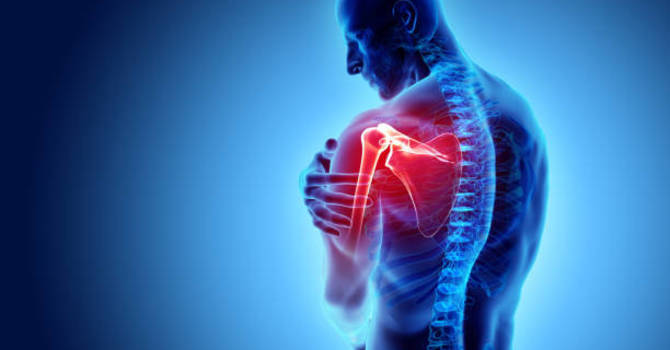
Craniosacral therapy (CST) is a gentle, hands-on therapy that has been gaining attention for its subtle yet potentially profound effects on health and well-being. But what exactly can this therapy help with? If you’re curious about the benefits of CST and how it might assist with various conditions, you’re in the right place. Let’s dive into what CST is and explore the range of issues it may address.
Understanding Craniosacral Therapy
What is CST?
Craniosacral therapy is a holistic treatment approach that focuses on the craniosacral system—comprising the membranes and cerebrospinal fluid surrounding the brain and spinal cord. Practitioners use light touch to assess and release restrictions within this system, aiming to restore balance and promote the body’s natural healing processes. Despite its gentle nature, CST is believed to impact a wide range of physical and emotional conditions.
What Can CST Help With?
Pain Management with CST
Chronic Pain Conditions
One of the primary benefits of Craniosacral Therapy (CST) is its potential to help manage chronic pain conditions. Whether it's lower back pain, migraines, or fibromyalgia, CST aims to alleviate discomfort by addressing underlying tensions and restrictions in the body. By enhancing the flow of cerebrospinal fluid and reducing muscle tension, CST can help to reduce the intensity and frequency of pain.
Headaches and Migraine Support with CST
Many people find relief from headaches and migraines through CST. The therapy’s gentle techniques can help relieve the tension in the head, neck, and shoulders that often contributes to these conditions. By addressing cranial and spinal misalignments, CST might reduce the triggers for headaches and improve overall comfort.
Stress and Emotional Well-being
Reducing Stress with CST
CST is known for its calming effects, making it a useful tool for managing stress. The therapy promotes relaxation by reducing physical tension and encouraging the body to enter a state of deep rest. This can help lower stress levels and improve emotional resilience.
Supporting Emotional Health
In addition to physical relaxation, CST can also support emotional health. The gentle nature of the therapy provides a safe space for emotional release, helping individuals process and cope with feelings of anxiety, depression, or trauma. Many people find that CST helps them feel more balanced and centered.
Post-Surgical and Injury Recovery with CST
Facilitating Healing
CST can be beneficial for individuals recovering from surgery or injury. By improving circulation and reducing restrictions in the body’s connective tissues, CST can support the healing process. It may help alleviate pain, reduce swelling, and promote a faster and more comfortable recovery.
Enhancing Mobility
For those dealing with stiffness or limited mobility following an injury, CST can help improve range of motion. The therapy’s focus on releasing tension and restoring balance in the craniosacral system can contribute to more fluid and comfortable movement.
Sleep and Rest Support with CST
Improving Sleep Quality
CST can also have a positive impact on sleep. By promoting relaxation and reducing stress, the therapy can help improve sleep quality and address issues like insomnia. Many individuals report feeling more rested and refreshed after CST sessions.
Addressing Sleep Disorders
For those dealing with sleep disorders, such as sleep apnea or restless leg syndrome, CST might offer some relief. While not a replacement for medical treatment, the therapy’s calming effects can complement other approaches and contribute to better sleep patterns.
How CST Complements Other Therapies
Integrating with Traditional Medicine
Craniosacral therapy is often used alongside traditional medical treatments. It can complement therapies such as physical therapy, chiropractic care, and massage. By addressing underlying tension and promoting overall balance, CST can enhance the effectiveness of other treatments.
Enhancing Holistic Health Plans
In holistic health plans, CST is valued for its gentle approach and focus on the body’s natural rhythms. It fits well with other complementary therapies like acupuncture, aromatherapy, and mindfulness practices. By integrating CST into a broader wellness strategy, individuals can address a range of physical and emotional concerns in a holistic manner.
Conclusion
Craniosacral therapy offers a gentle yet potentially impactful approach to health and well-being. From managing chronic pain and reducing stress to supporting recovery from surgery and improving sleep, CST can address a wide range of issues. Its holistic, non-invasive nature makes it a versatile tool for those looking to enhance their overall quality of life. If you’re considering CST, whether as a standalone treatment or as part of a broader health plan, it’s worth exploring its potential benefits and how it might fit into your wellness journey.
Dr. Jace Sandell
Contact Me


